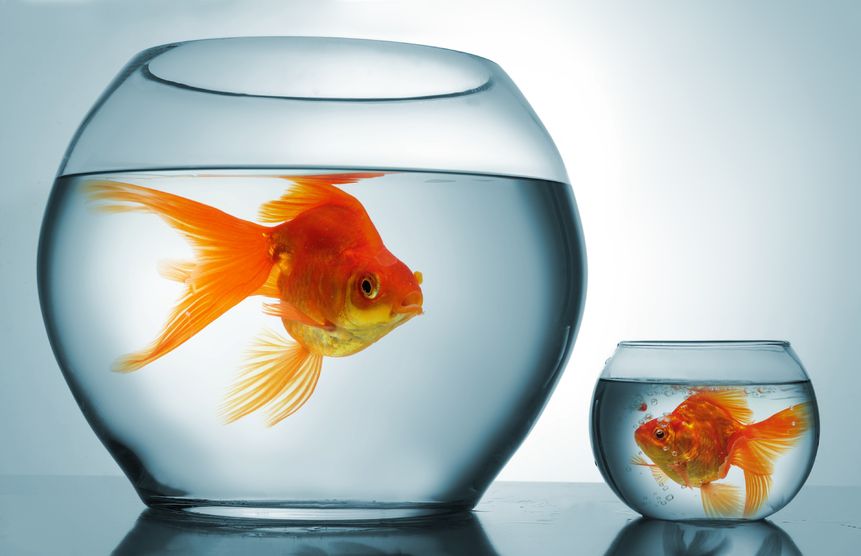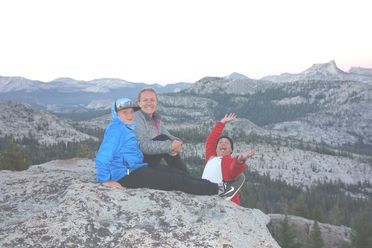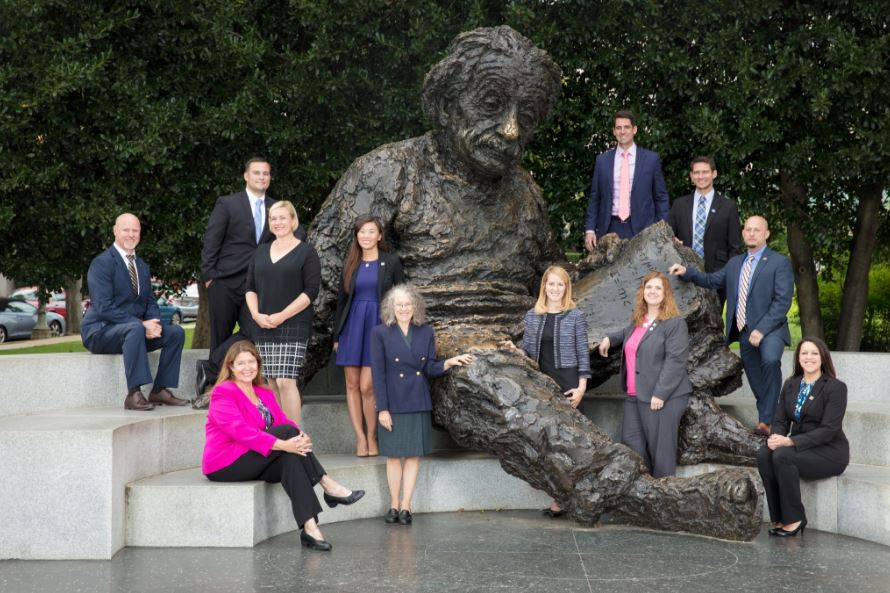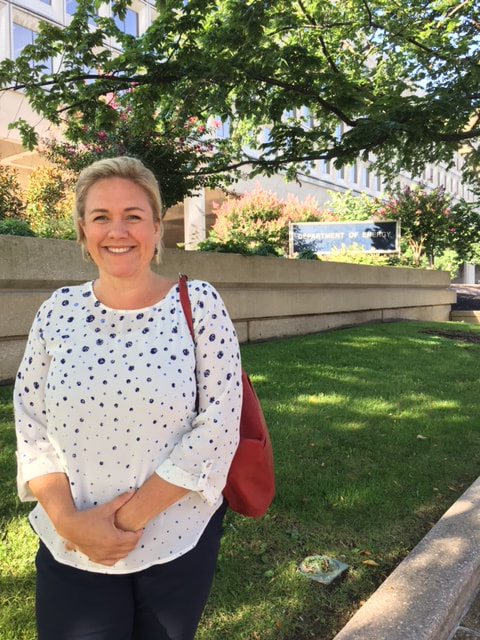 Copyright: orla / 123RF Stock Photo This week definitely marked a transition week for me, from classroom teaching (big fish in little pond) to exploring all that the Albert Einstein Fellowship will allow me the time and resources to explore (same size fish, much bigger pond). To be honest, early in the week I was feeling uncomfortably out of my comfort zone, even wondering if I was dealing with a bit of an inferiority complex; a feeling of not being competent or of personal inadequacy. So, being resourceful and a bit facetious, I did a bit of self diagnosis and took an internet quiz "7 Signs of Inferiority Complex". Long story short, I don't have an inferiority complex or imposter syndrome, I was just feeling lonely as a little fish in a big pond. Don't worry, the feeling of loneliness only lasted a couple of days. I faced it head on and did things to not feel alone or isolated. For example, I shared my feelings with Curtis, my wonderful husband and champion supporter. He's known me since I was 17 years old, he "gets me" and was able to share his personal insight into what I was feeling. I also met some new people and started to make friends; I chatted with parents at Carrick's baseball game, spoke to people in our apartment and made some plans with some of my fellow Fellows. Lastly, I reminded myself that I'll only be here for 11 more months and that I have grand intentions for what I want to learn, see and do while I am here! Especially helpful for me was meeting again with the other Fellows. There are 12 of us here and we've all been working in our placement offices for the past two weeks. It was nice to be able to reconnect, share experiences and ask questions together.  Each of us were tasked with bringing a photo to our meeting that represented something important in our life. I brought this photo, one of Curtis, Carrick and I hiking the 60 mile high sierra camp loop last summer in Yosemite. Each of us was asked to explain how the image connects to the Einstein Fellowship. For me, the connection is about taking on challenges, not necessarily taking an easy path, having a spirit of adventure, a sense of humor and the support of a each other in our family. Feeling more adjusted, I am now prepared to focus on what it is I want to do while I am here. Of course, there is important work for the agency in which I am placed. However, the Fellows are also given the time to pursue our own professional development curiosities and passions. When we met this week we were able to flush out some of the first drafts of our Professional Development Plans (PDP). While still a work in progress, my goals are:
For each goal, there are objectives and activities that I would like to explore over the course of the fellowship. I've already started work towards my goals and I am excited to see where the path leads over the next 11 months. |
Archives
July 2018
|
I give many of my IB Biology resources away, for the benefit of students and teachers around the world.
If you've found the materials helpful, please consider making a contribution of any amount
to this Earthwatch Expedition Fund.
Did I forget something? Know of a mistake? Have a suggestion? Let me know by emailing me here.
Before using any of the files available on this site,
please familiarize yourself with the Creative Commons Attribution License.
It prohibits the use of any material on this site for commercial purposes of any kind.
If you've found the materials helpful, please consider making a contribution of any amount
to this Earthwatch Expedition Fund.
Did I forget something? Know of a mistake? Have a suggestion? Let me know by emailing me here.
Before using any of the files available on this site,
please familiarize yourself with the Creative Commons Attribution License.
It prohibits the use of any material on this site for commercial purposes of any kind.

